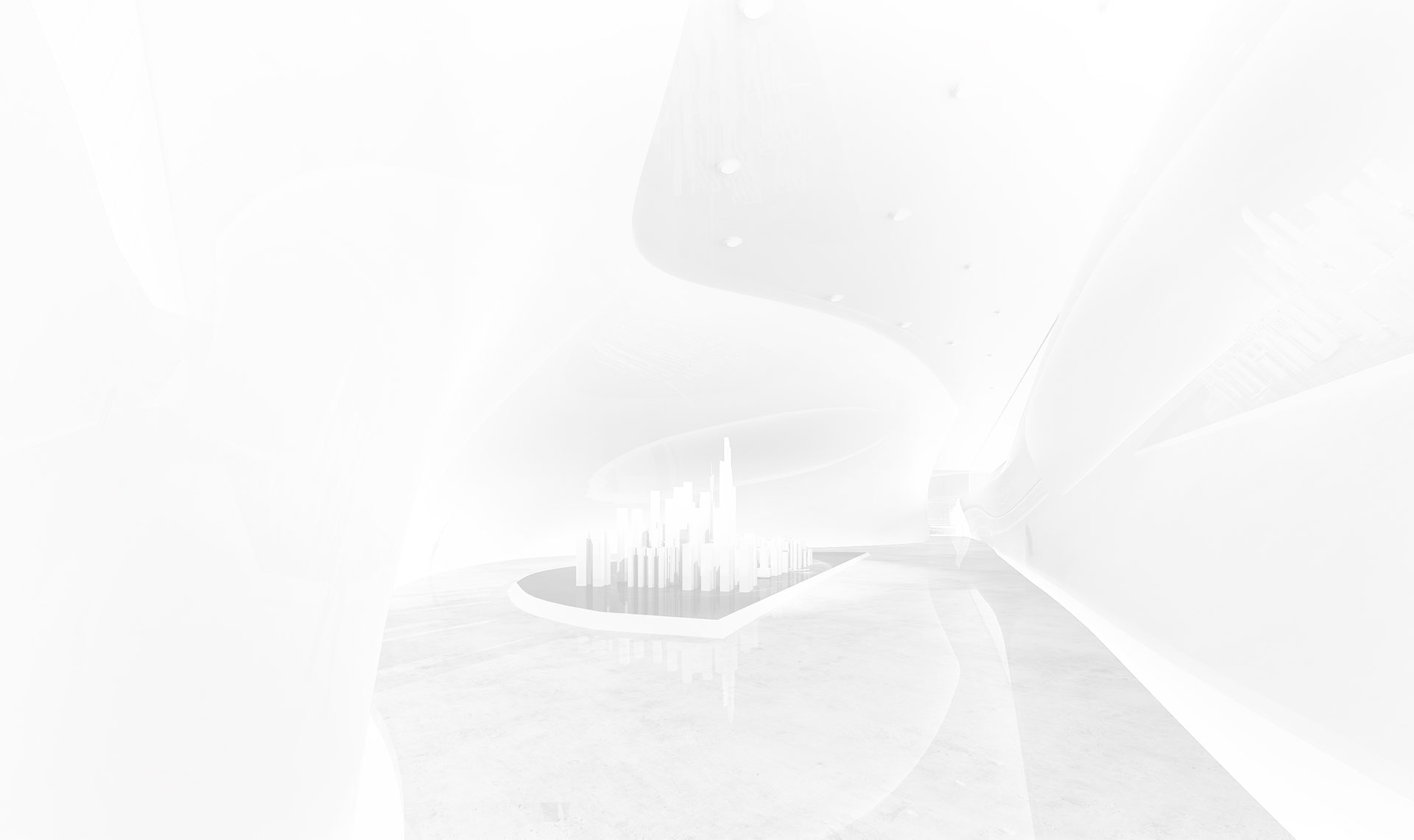
The conceptual design of the scheme is inspired by two rolling water droplets. Through design techniques, the mysterious, unpredictable, and vital elements of the water droplets are stacked to create a grand, stylish, and avant-garde exterior that brings a strong visual impact and sense of shock. The outer layer of the building is painted with circular stripes resembling a nebula, creating an ethereal and profound artistic conception. Through ingenious architectural language, it interprets the endless human pursuit of scientific exploration.

Detail Expression
The extensive use of cutting-edge high-tech glass curtain walls makes the entire science center's exterior like an automatic screen that can automatically adjust the indoor light according to the intensity of external light. At appropriate locations, large areas of glass curtain walls have the function of projecting videos, creating a visually dazzling illusion like a mirage, while also serving the role of information transmission and interactive communication. Being in it feels as if one can sense the rotation of the stars and the changes of seasons.
In response to the long-term high temperature, high humidity, and frequent showers in the South China region, a large area of high-tech glass curtain walls with heat absorption functions are used. They can automatically adjust the indoor brightness according to natural light and absorb and store moisture and rainwater from the air, artificially creating a pressure difference to achieve cooling, ventilation, energy efficiency, and reduce dependence on mechanical systems. The unique rainwater collection and reuse system meets the world's advanced environmental protection standards. Adopting the internationally advanced WSUD (Water Sensitive Urban Design) theory, rainwater goes through a series of natural ecological purification processes, in which rainwater will actively play a role in cooling, cleaning, and irrigating, finally appearing as a highly ornamental waterscape.





